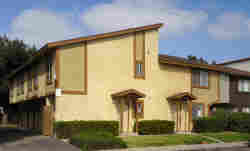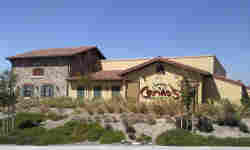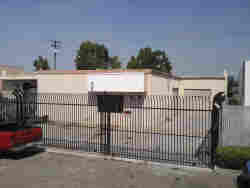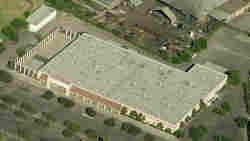Investors and buying opportunities in a down market
By Don | September 25, 2009
 Savvy investors with the financial wherewithal are taking long hard looks at commercial properties that are either in foreclosure or have already gone to sale. The “vulture capitalists” are swarming! They’re taking advantage of the plunge in values from our current economic crisis.
Savvy investors with the financial wherewithal are taking long hard looks at commercial properties that are either in foreclosure or have already gone to sale. The “vulture capitalists” are swarming! They’re taking advantage of the plunge in values from our current economic crisis.
So how are investors finding the deals?
The primary source of value today is in foreclosed real estate, and there are two avenues of pursuit:
- Buying at the auction, or
- Knowledge about the property before the auction and then acquiring the real estate owned (REO) property after the auction.
Generally, most properties going to auction are “under water”, so there is no advantage buying at the auction because the minimum bid is often higher than the property is worth.
The lender has to take a “haircut” – or in Wall Street parlance, “de-leveraging” must take place, which simply means the lender will take a hit. The issue is, by how much.
But savvy investors in commercial properties require advance information about specific properties going to auction, so that they have the time to assess market conditions and factors affecting current value.
After the property has reverted to the lender and is listed for sale by the asset manager, offers can come in quickly – so all research and financing options must be in place.
Investors buying residential properties at auction
Finally, opportunities exist to buy at auction. Auctions require all cash, there is no guarantee to clear title, you don’t get to inspect the properties before hand, you’ll probably have to do an eviction and the properties are sold without representations or warrantees whatsoever.
Residential auctions run the gamut from small condos to multi-million dollar estates. This approach is time consuming, separating the wheat from the chaff, but like digging for diamonds, can be very rewarding.
Last October, I gave some approximate income/expense numbers for an investor who bought a single family home for $400,000. With the subsequent price point softening from last fall to early spring of 2009, investors at auction are now buying properties like this for under $300,000.
At $300k and a NOI of $16k from that example, a cash on cash return is about 5.5%. But, long term investors aren’t really looking at just the cash flow. They believe values will climb again in the future.
Many investors are quickly renovating their properties then flipping them in 90 to 120 days. But for long term portfolio investors, the NOI today plus the potential for long term appreciation, makes a lot of sense and is a wise decision.
Buying a hypothetical 4 plex REO – what do numbers look like today?
A number of 4 plex apartment buildings have gone to auction, have reverted back to the lender and have been listed for sale by their asset manager. What do numbers for a $500,000 4 plex look like today?
Income – $4,500 a month gross x 12 months = $54,000
Expenses (monthly):
Taxes – $500
Insurance – $150
Water – $150
Trash – $175
Electric (common areas) – $100
Vacancy (5%) – $225
Total monthly expenses: $1,300 x 12 months = $15,600
Net operating income: $38,400
Cash on cash return: 7.7%
Plus – don’t forget depreciation!
Examples of properties that have gone back to the lender

This 4 plex originally sold for $800,000 in 2005. The minimum published bid for the auction was $743,454.92 and the property reverted back to FNMA. It was recently listed at $499,000.

Restaurants have reverted back to the lender like this property in Simi Valley.

From small auto and paint body shops like this 3,500 square foot property to...

"big box" stores.

Sometimes even strip retail centers.

A mini storage facility in Camarillo.
Other asset classes include:
Agriculture – avocado, lemon, row crops, acreage
Vacant land – some in prime areas for development
Storage yards
Curious about pursuing these options for your investment portfolio? Give me a call and let’s talk.
October 1st, 2009 at 3:53 pm
a mini storage in camarillo